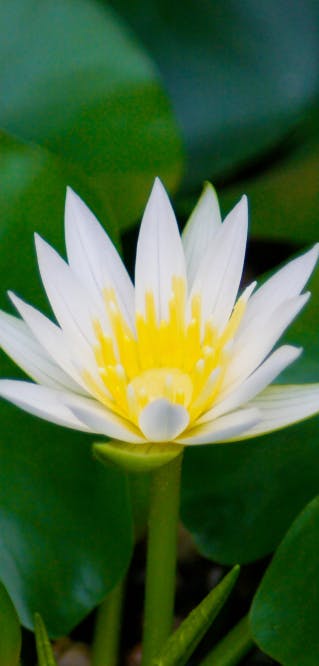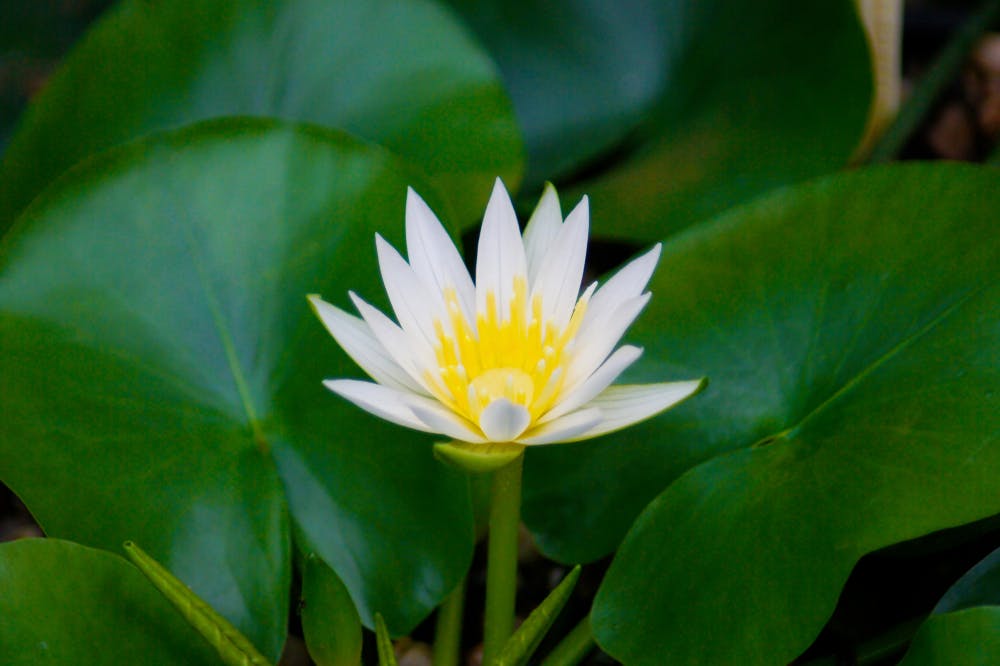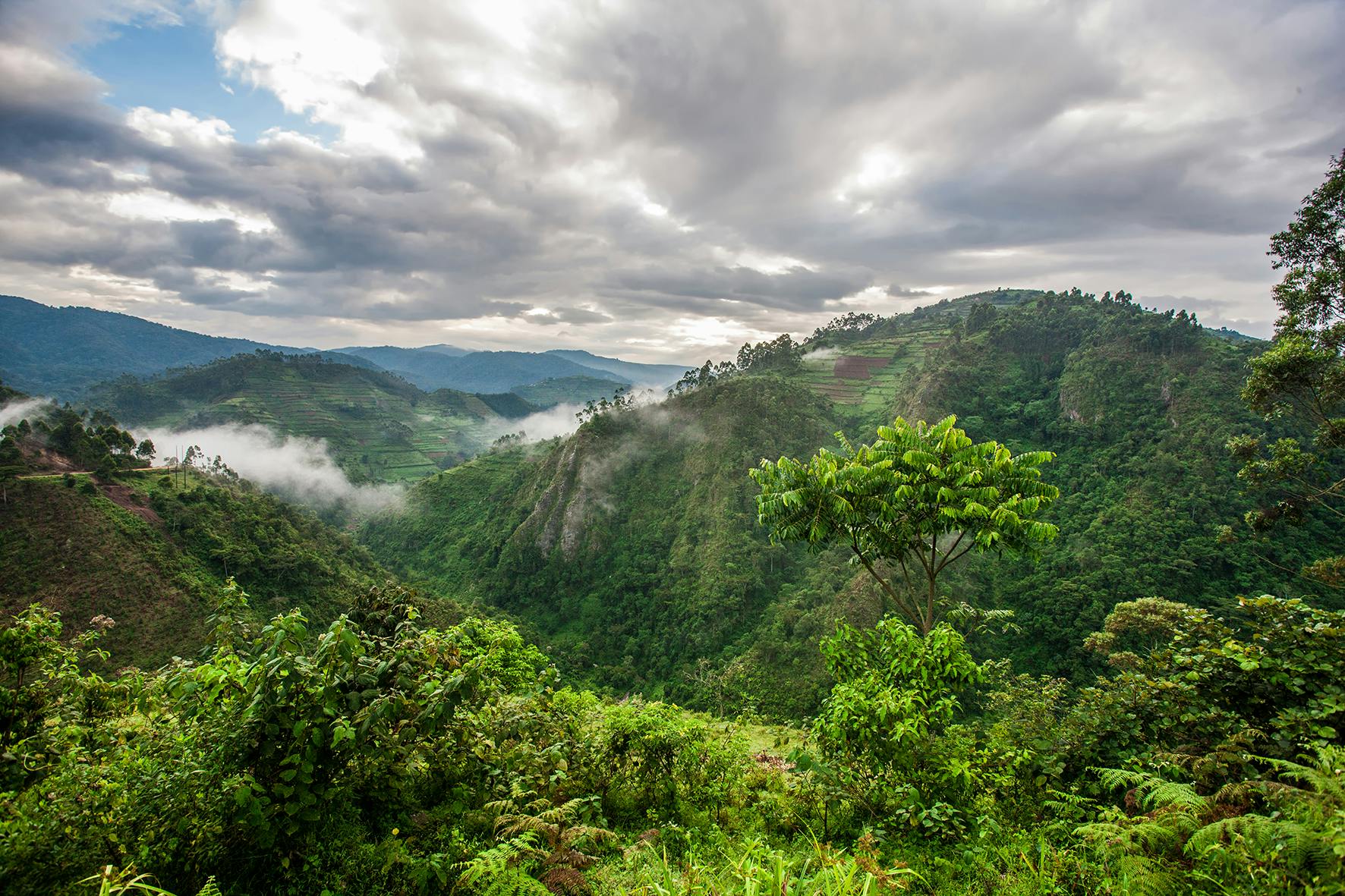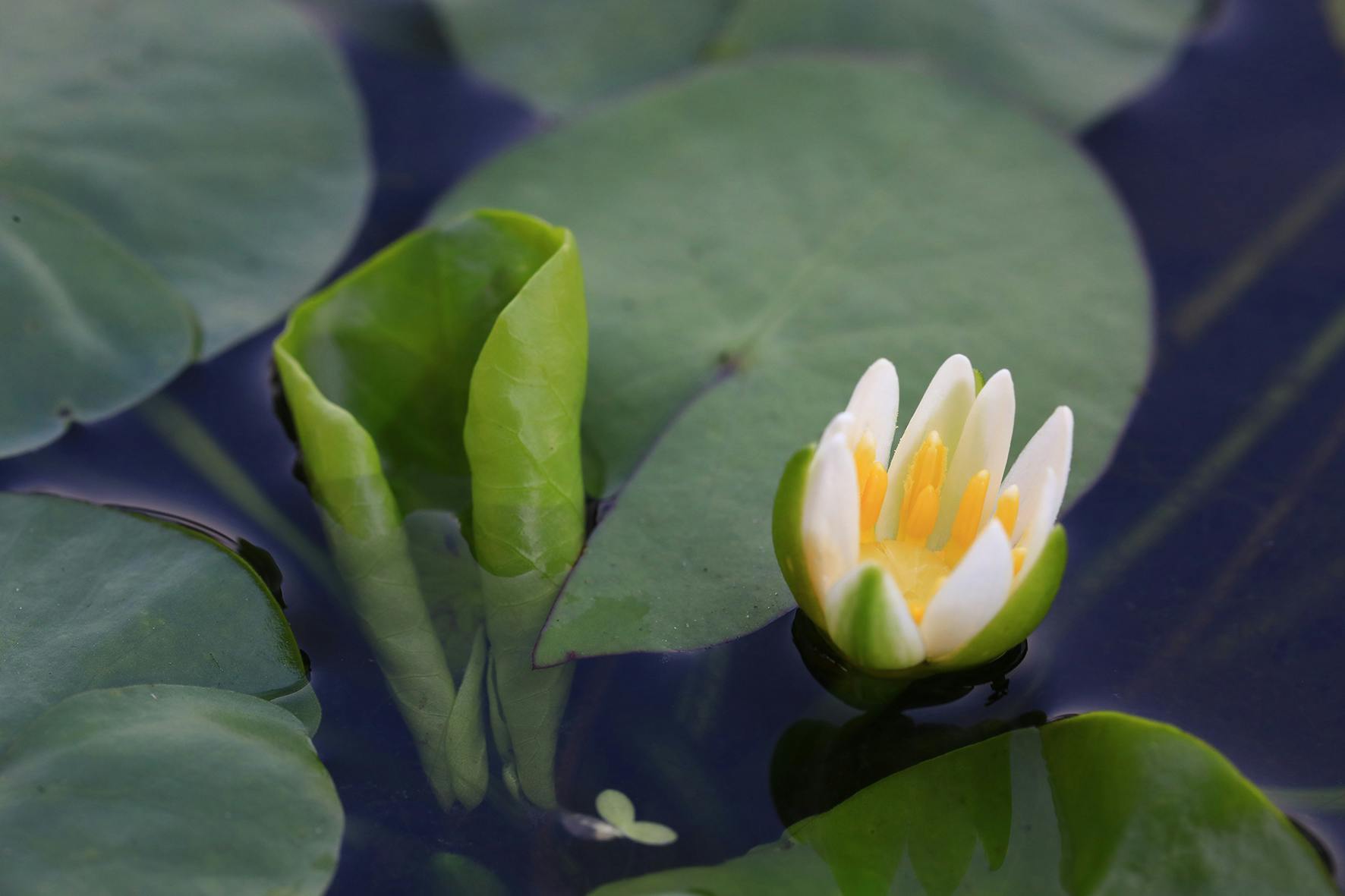Rwandan water lily




The Rwandan water lily has the smallest leaves of all water lilies, measuring about one centimeter in width. One plant consists of multiple stems, each with a leaf at the end. Together, these leaves form a "rosette," a larger circle of multiple leaves, which can reach up to about twenty centimeters in width. The flowers are white with yellow stamens and protrude just above the leaves.


In 1987, German scientist Eberhard Fischer discovered the Rwandan water lily. He immediately noticed that the species was in trouble. The local population needed the water flowing into the spring for their survival. As a result, the water level dropped, and the shallow layer of water where the Rwandan water lilies grew dried up, causing the plants to die. Before this happened, Professor Fischer decided to take a few plants to Kew Gardens in England and the Botanischer Garter Bonn in Germany to prevent the species from going extinct.

The Rwandan water lily is perfectly adapted to the hot springs of Rwanda. However, this adaptation comes with a significant downside: the plant is highly sensitive to conditions that deviate from its natural habitat. Even a small difference in temperature, nutrients, or water depth can cause cultivation to fail. It took scientists in England and Germany a long time to determine exactly what the Rwandan water lily needs to grow. It wasn't until 2009 that the staff at Kew Gardens successfully cultivated the plant. Since then, this botanical garden has produced many Rwandan water lilies and exchanged them with other botanical gardens.
The Rwandan water lily only grows under very specific conditions, in hot springs in southwestern Rwanda. It thrives at the edges of these springs in water that's approximately one centimeter deep. The water lily can only survive in water temperatures between 22°C and 26°C.

In 2023, the National Herbarium of Rwanda led an expedition to several hot springs in western Rwanda. There, they stumbled upon something surprising: a relatively large number of wild Rwandan water lilies. While the Rwandan water lily had previously been declared extinct in the wild, there was now a second location where these water lilies were growing! The scientists from the National Herbarium immediately collected seeds from the plants to cultivate the species, preventing the lilies from disappearing from this source as well.
Diergaarde Blijdorp is one of the few botanical gardens that cultivates Rwandan water lilies. Behind the scenes in the botanical greenhouses, the plant keepers maintain the hot water lilies at the correct temperature and ensure that the water contains the right nutrients. Because the plant has very specific requirements for growth, it is not always possible to successfully propagate new water lilies. However, by continuing to experiment with these water lilies, we gain more experience with these delicate plants, and our success in cultivation improves over time.